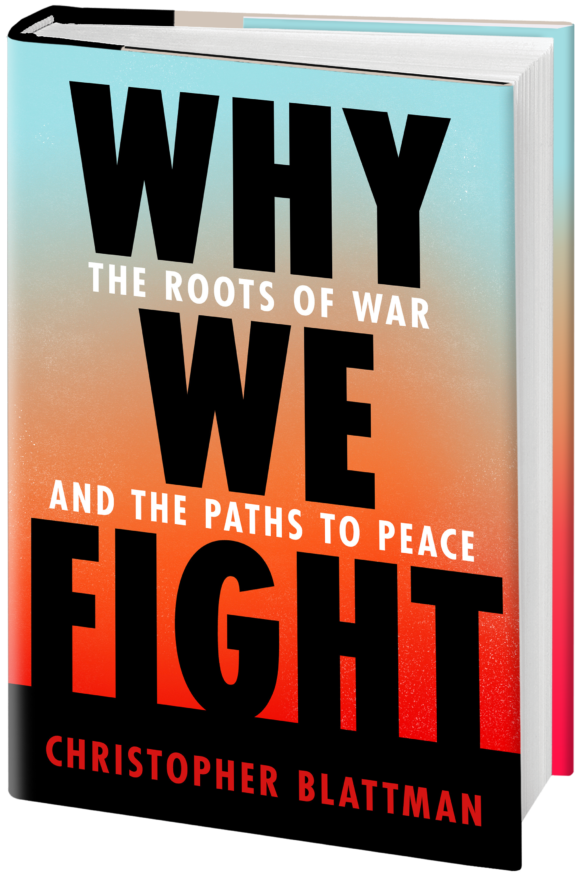In a previous post I lamented the New York Times‘ reporting on the food price crisis. For nuanced analysis, it seems I should have looked instead at the International Rice Research Institute (IRRI). Who knew?
A short IRRI background briefing provides some of the most thoughtful analysis I’ve read on the causes of and solution to the rise in global food prices. My guess is that it was ghost-written by Peter Timmer, famed agricultural economist. The brief is well worth reading.
Here’s one of the most telling graphs:
Rice prices fell dramatically from the 1960s to the 1990s. The reason is simple: the Green Revolution in Asia. Productivity skyrocketed, and world supply increased faster that world demand.
This is big news. Rice accounts for more than 40% of the calorie consumption of most Asians. Lower prices benefited consumers; increasing yields benefited small producers; and Asia made great strides in reducing poverty. That price decline stopped in 2001, however, and even started to climb again in recent years, spiking in 2007-08.
The briefing note puts much of the blame for the current spike on hoarders and speculators. This is an interesting argument, and suggests that the current price has much to do with psychology and expectations—both of which could be managed by intelligent policy.
At root, however, the problem is that demand is outracing supply. The report names its culprits: stagnant agricultural R&D; little room for expansion of area in Asia; increases in Asian wealth (and consumption); the increasing popularity of rice in Africa; and extreme weather events.
The solution, according to the authors, is clear: increase productivity and production. Most especially, a Green Revolution in Africa is required.
This strikes me as good common sense. But if IRRI is right, and speculation and hoarding are aggravating the spike, something more fast-acting is required. I was disappointed not to see the brief pursue that angle.
I’m stumped on the right short-term policy to pursue, though. Emergency food aid is one possibility, but I can’t see how that would be efficiently or equitably distributed. And subsidies are a terrible idea; they are almost impossible to revoke, and doing so is likely to create at least as much unrest as we are seeing to ay. (The last widespread bout of food riots followed the elimination of unsustainable subsidies in the 1980s).
I’d be interested to be pointed to good ideas and analysis in the comments section.


8 Responses
I’m from IRRI and I assure you that there is no “ghost writer”. The solutions website of IRRI (http://solutions.irri.org/) is a collaborative of the institute….
(not discounting the fact that Peter Timmer is very good and has been very influential in food and rice economics)
-nj
Why not “randomize” to evaluate its effect…?
Professor Shukla suggests in a recent post that a considerable amount of what is produced goes to waste in the food chain. Perhaps one measure could be the reduction of this waste.
I firmly believe, with a little first hand experience and a fair amount of research on East Africa, that infrastructure is the primary determinant. For rice this means the irrigation networks are underdeveloped or non-existent, and the transportation is such that transporting fertilizer and yields is impossible or too expensive. There are still political economy issues in terms of incentives but many of them were actually solved. Second in importance is marketing and distribution closely tied to the infrastructure and political economy issues; often efficiently replacing parastatal involvement. A distant third is the lack of technological investment within Africa. A related concern for Luis, those kinds of things are probably damaged in terms of implementation by the too strong intellectual property rights regimes that IFIs and NGOs have to follow religiously, and pay too much for technical innovations.
There is also of course the question posed most compellingly by Vandana Shiva as to whether the Green Revolution was really such a great thing.
Pragzz,
I think this article is a good, albeit a bit optimistic, desciption:
http://www.wilsoncenter.org/index.cfm?fuseaction=wq.essay&essay_id=359819
In Asia, it was mostly technological. In Africa, I think the recent rise has been more about incentives. That leaves a lot of potential for technology-driven improvements.
Isn’t the issue the recent rapid rise in prices – increases that have occurred since the IRRI data were compiled? I’ve heard the price right now is $860 a ton.
I’m not sure whether this qualifies as a good idea (and it’s certainly not a short-term response, which is what you asked about) … but I’d be very interested to know what the economics of desalination and irrigation are, with a view to raising productivity / bring more land into use.
There are nifty inventions like greenhouses that desalinate water and cool the plants at the same time, and a google of ‘solar desalination’ throws up oodles of results. I wonder if this is the sort of thing aid agencies, the big IFIs etc. could throw some money at? Straightforward capital investment in agriculture – and sustainable too.
Great post (and blog)! I’m curious to hear your thoughts on how and where you see a green revolution being kickstarted in Africa.
Specifically, what were the elements that brought together the green revolution in Asia?? And why has that been lacking in Africa??
thanks!